Machine learning for nonadiabatic molecular dynamics
-
Date:
July 11
- Speaker:
-
Time:
11:00 - 11:35
-
Abstract
Julia Westermayr
University of Warwick, UK
Nonadiabatic molecular dynamics simulations are powerful tools to study the light-induced breaking and formation of bonds in molecules and materials and can provide a deeper understanding of the underlying mechanisms that is also crucial to deliver sustainable photocatalysis and efficient energy materials. However, existing limitations of conventional techniques, such as high computational costs and low transferability to systems with more than a few dozen atoms mean that we currently cannot address the most interesting problems in materials science, photochemistry, and biology [1].
In this talk, I will show how machine learning techniques can be used to overcome current limitations of nonadiabatic dynamics simulations: On the example of the nonadiabatic molecular dynamics of the amino acid tyrosine I will show that photodynamics can be sped up by machine learning to allow for simulations on experimentally relevant time scales. In this way, unexpected reaction mechanisms are discovered that provide new insights into the photochemistry of biological systems [2,3]. Finally, I will discuss how deep learning can further help to enable dynamics simulations of larger systems while retaining high accuracy and computational efficiency [4,5].
[1] J. Westermayr, P. Marquetand Chem. Rev. 121(16), 9873-9926 (2021).
[2] J. Westermayr, M. Gastegger, P. Marquetand J. Phys. Chem. Lett. 11(10), 3828-3834 (2020).
[3] J. Westermayr, M. Gastegger, D. Vörös, L. Panzenböck, F. Jörg, L. González, P. Marquetand, Nat. Chem. (accepted, 2022).
[4] B. Lier, P. Poliak, P. Marquetand, J. Westermayr, C. Oostenbrink, J. Phys. Chem. Lett. (accepted, 2022).
[5] J. Westermayr, S. Chaudhuri, A. Jeindl, O. T. Hofmann, R. J. Maurer, arXiv:2202.13009 (2022).

